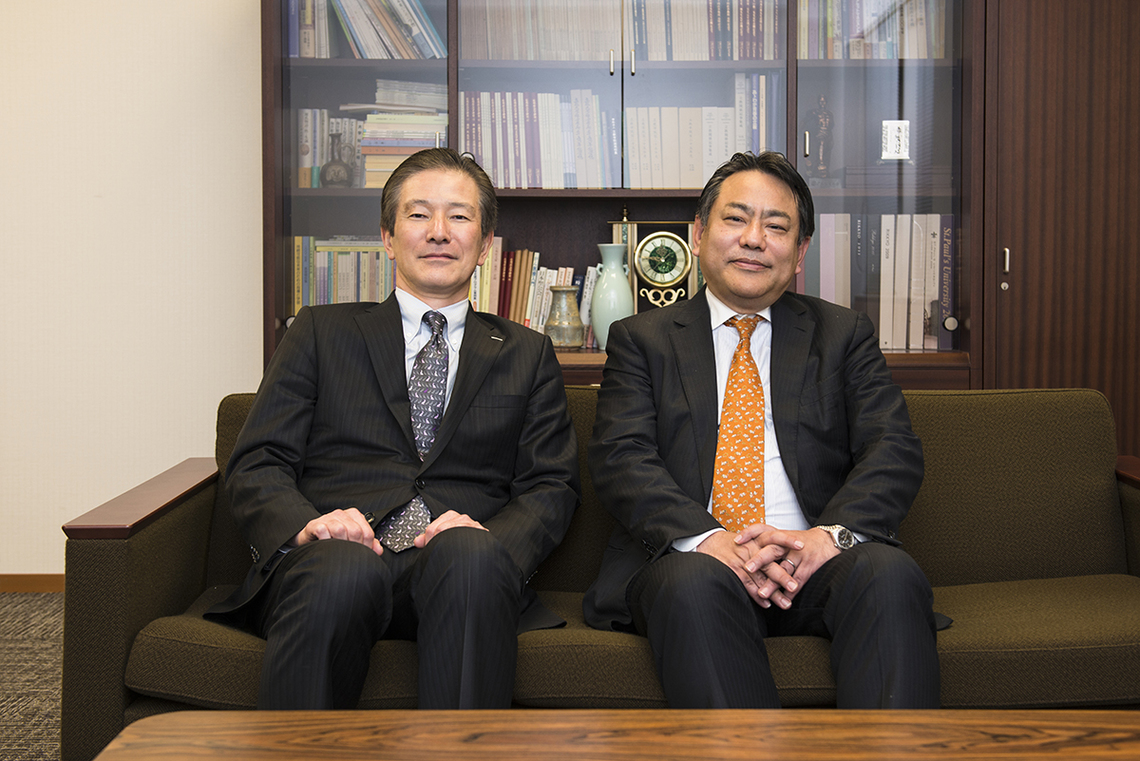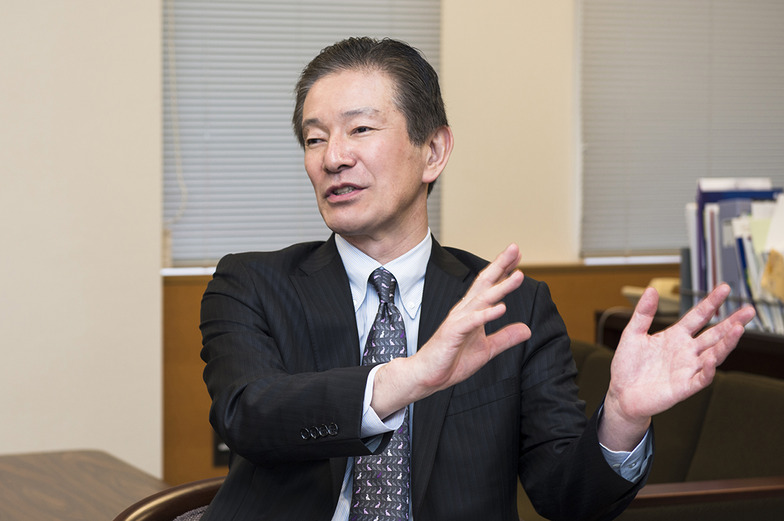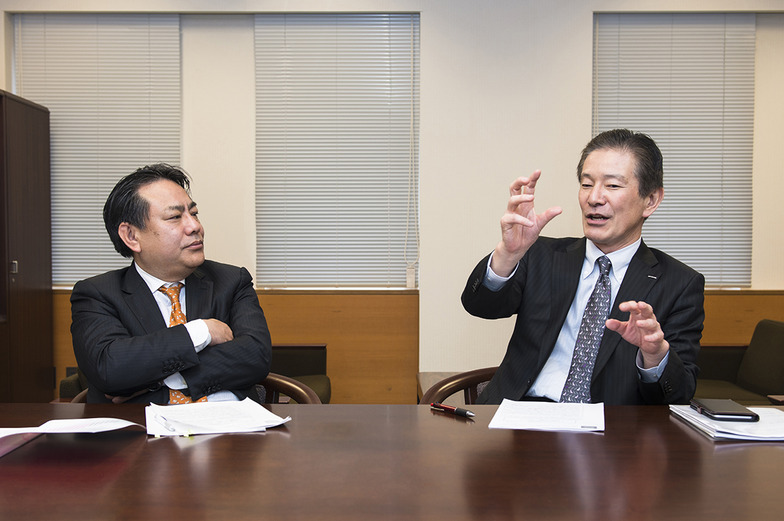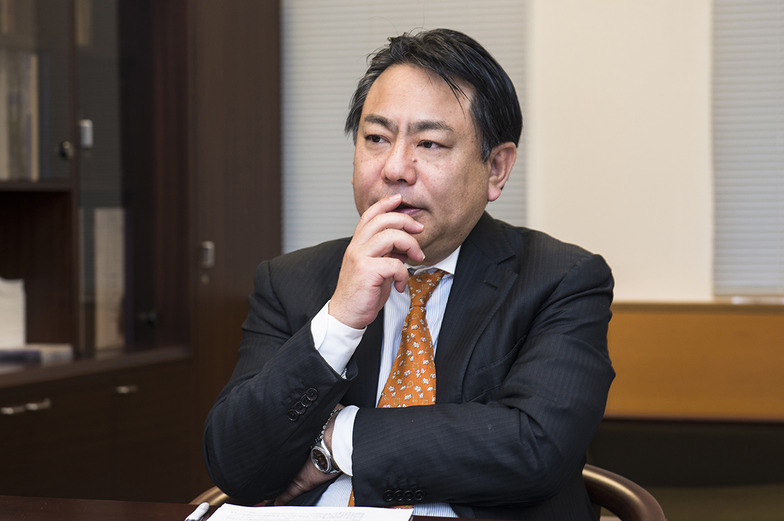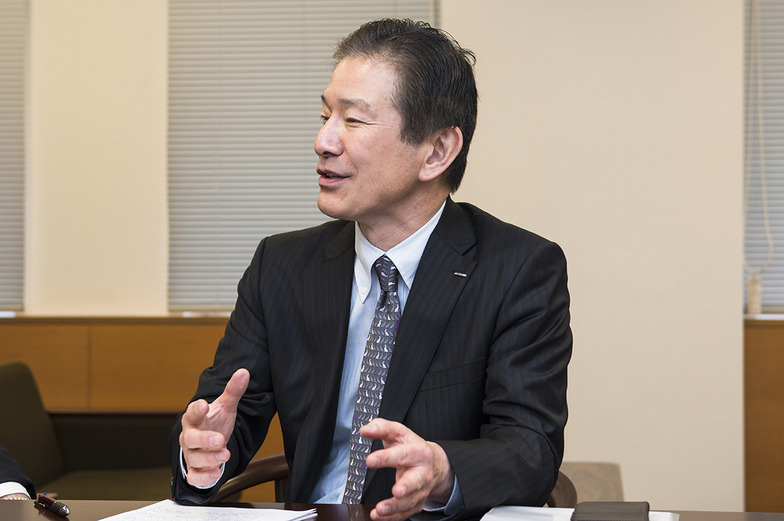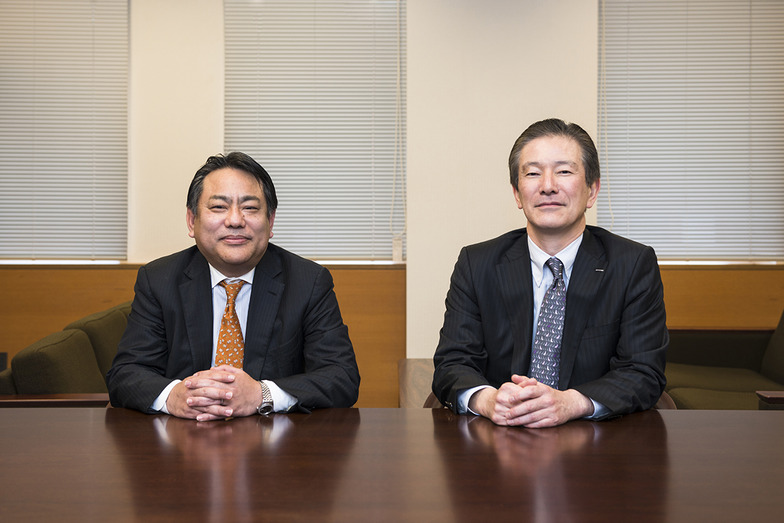Note: This website was automatically translated, so some terms or nuances may not be completely accurate.
Special Discussion: "2015 Japan Advertising Expenditures" Precisely because we are in an era led by the internet, media must establish their brands.

Hiroyoshi Sunagawa
Rikkyo University

Ritsuya Oku
Representative of Media Vision Lab

dentsu Media Innovation Lab
Dentsu Inc.
Was this article helpful?
Newsletter registration is here
We select and publish important news every day
For inquiries about this article
Author

Hiroyoshi Sunagawa
Rikkyo University
Department of Media and Society, Faculty of Sociology
Associate Professor
Joined the National Association of Commercial Broadcasters in Japan in 1986. Served in roles including broadcasting systems, copyright, reporter for the association's journal "Commercial Broadcasting," and head of terrestrial digital broadcasting. Retired in 2006. From the same year, served as Assistant Professor in the Department of Media and Society, Faculty of Sociology, Rikkyo University. Promoted to Associate Professor in April 2007. Primary research themes include media systems and policy theory centered on broadcasting, and journalism studies.

Ritsuya Oku
Representative of Media Vision Lab
Honorary Fellow, DENTSU SOKEN INC. / Director, Video Research Ltd. Media Design Institute
Joined Dentsu Inc. in 1982. Served in Media Services / Radio,TV Division, Media Marketing Division, and later held positions as Fellow at DENTSU SOKEN INC. and Head of Dentsu Media Innovation Lab. Left Dentsu Inc. at the end of June 2024. Established Media Vision Lab, a personal consulting practice. Primarily provides consulting services to media-related companies in the information and communications sector, focusing on three perspectives: business, audience, and technology. Publications include: "The Birth of Neo-Digital Natives: The Internet Generation Evolving Uniquely in Japan" (co-authored, Diamond Inc.), "An Explanatory Guide to 'The TV Theory That Has Come Full Circle' and the Outlook for Broadcasting Services" (co-authored, New Media), "Confirming the Acceptability of Simultaneous Online Streaming of Broadcasts" ("Nextcom" Vol. 2017 No. 32, KDDI Research Institute), "New Media Textbook 2020" (co-authored, Sendenkaigi), "70-Year History of Commercial Broadcasting" (co-authored, National Association of Commercial Broadcasters in Japan), "Broad and Universal Online Distribution / NHK and Commercial Broadcasters: From Competition to Cooperation" ("Journalism" December 2022 issue, Asahi Shimbun), and "Information Media White Paper 2024" (co-authored, Diamond Inc.). Member of the Ministry of Internal Affairs and Communications' "Study Group on the Future of Broadcasting Systems in the Digital Age." Member of the Publishing and Editorial Committee, NPO/Broadcasting Critics Conference.

dentsu Media Innovation Lab
Dentsu Inc.
Launched in October 2017, leveraging Dentsu Inc.'s longstanding media and audience research expertise. Conducts research and disseminates insights to capture shifts in people's diverse information behaviors and understand the broader media landscape. Provides proposals and consulting on the communication approaches companies need within this context.
